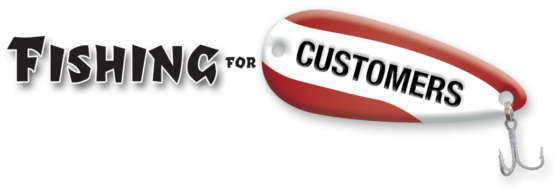Does your business have a Unique Value Proposition (U.V.P.)? The strategy I’m about to share requires one.
DO NOT attempt this if you can’t articulate a very compelling reason for people to conduct business with you, rather than with than a competitor.
You’ve, no doubt, heard that there are three critical considerations in real estate. They are, in order, location, location, and location. There are also several philosophies involving the selection of that location, especially as it applies to choosing one for your business.
One school of thought is to go where there are no competitors. Another is to go where all of the competitors are.
I suggest that the difference may come down to your U.V.P.
I’m visiting a major southern city in the U.S. My client is considering a location for his new retail store. We’ve looked at, and considered, several.
One is particularly attractive to us. It’s at the intersection of two streets which are primary arteries for the community. Within a block of this intersection are four other businesses which are my client’s direct competitors.
If we can negotiate an acceptable lease, we’ll be the fifth competitor.
Several advantages to this location become obvious, once you think about them.
1. This intersection has become known to the public as the part of town where one goes to conduct business with someone in my client’s industry. If a shopper doesn’t know exactly what she wants, it’s easier to get her to go where she more choices.
You’ll note that most large cities have a “restaurant row,” or a several car dealers in a two or three block area. They all tend to do better than the lone restaurant or car dealer on some other thoroughfare.
2. This location eliminates fourteen of the eighteen direct competitors from the minds of shoppers passing by. As a potential customer drives through this intersection, and notes that four competitors exist at this one place, she’s not as likely to actively be thinking of the fifth on the South side of town, the sixth on the North side, or the seventh near the courthouse.
Where it counts, in the mind of the shopper, it’s easier to compete with only four other businesses at this location, than it is to compete with eighteen others scattered across the city. (As they say, out of site, out of mind).
3. It’s much easier to get people to walk across the street to comparison shop than it is to get them to come see you at a place they’ve never been, when you are new and they have no relationship with your company.
4. One of the primary purposes of advertising is to help people remember who you are and why they should seek you out. Won’t you have to spend substantially less to do so when thousands of potential customers drive by your store, and it’s signage, daily?
Enough traffic already passes through this intersection that four direct competitors have been able to run successful businesses with minimal advertising.
Despite these major advantages, there is a strong danger to this strategy. It invites direct comparison of your business to multiple established competitors. If you can’t hold up under such scrutiny, this decision could effectively kill your business.
If you have a strong U.V.P. choosing such a location can be a powerful strategy. Without one, you’re all too often at the mercy of the competitor who does.
You do have an easily articulated, customer-focused U.V.P. don’t you?
